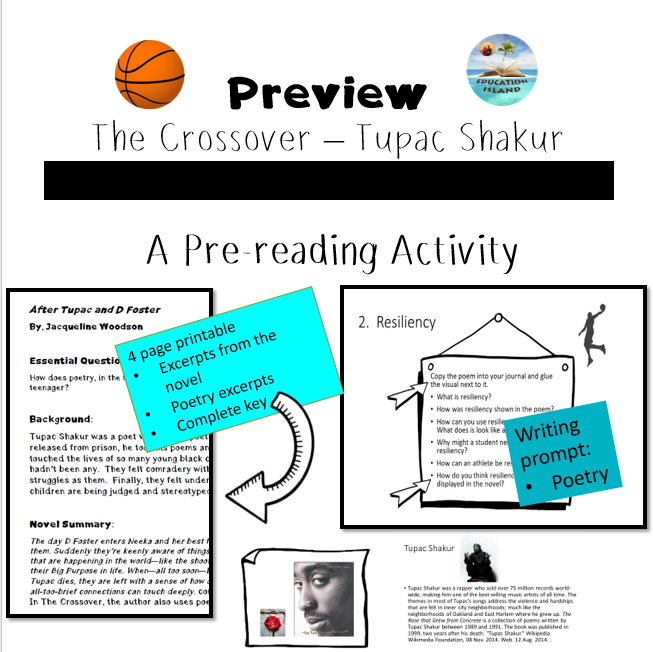Do you need take home book bag ideas or book buddy supplements for an entire school year? This is the site for you! Pick and choose up to 40 titles to create book bags for an entire school year.
I have over one hundred titles with reading comprehension questions associated with each. Each book has a specific number of questions, based on the Guided Reading Level. Half of the questions are “right there” type questions and the other half are inferential type questions. They are printable and ready to be used in book bags or with book buddies. CLICK HERE FOR ALL MY BOOK CURRENTLY AVAILABLE TO BUNDLE AT A DISCOUNTED RATE
Book questions can be individually chosen for your own classroom or home library. There are 20-30 questions per book. Level A-C have ten questions per book. Each set of questions comes with a key. Choosing books from the books on the list below would only be $1 per book. You may choose up to 40 books for $40. If you would like a specific title,k you may request that for $10 a book with the consent that it will be relisted on Teachers Pay Teachers. Please email me at educationisland.tpt@gmail.com with any questions or to start the process.
I’d also suggest this for any parent wanting their elementary child to get some extra assistance with reading comprehension.
Check out my FREE sample of a preschool/kindergarten title here.
Also, here is a FREE sample of a mid-upper elementary book title.
For one year, I’d suggest getting 40 titles. Each week would look something like this:
Monday – Allow students to choose a book of interest and appropriate guided reading level. Students will skim the book in class, for gist. Then, students will take home the book and read it with a parent.
Tuesday – Bring the book back to school. Take time in school for students to read to one another. Take home the book again and read it independently.
Wednesday – Bring the book back to school. Ask the teachers any questions. Read and explain the book with a book buddy. Take home the book and read it aloud to a parent.
Thursday – Bring the book for the last time with the questions. Students should ask an adult quiz their child on the book by asking all the questions.
The reason this works:
Re-reading is SO important. It provides students with confidence, fluency, interest, increased comprehension, vocabulary development, cadence, and greater analysis and understanding. Repeating the process weekly also develops organization and structure for young readers.
Here is a list of books in my current inventory:
Level B titles:
The White House, The Statue of Liberty, and The Liberty Bell, by By Alison and Stephen Eldridge
Level C & D titles:
Books by Laura Ottina
- In the Artic
- In the Forest
- In the Jungle
- In the Sea
- On the Savanna,
Also,
- All 11 books in the Tug the Pup book box from Scholastic
Level E & F titles:
- Books by Margaret Hillert:
Circus Fun, A Friend for Dear Dragon, Go to Sleep Dear Dragon, Help for Dear Dragon, I Nee You Dear Dragon, It’s Circus Time, Let’s Go Dear Dragon, The Little Cowboy and the Big Cowboy, and The Yellow Boat.
- Books by Dr. Julie M. Wood: The Boat and The Jump Rope
- Books by Eric Carle: Today is Monday and Does a Kangaroo have a Mother?
Also,
- David Smells, by David Shannon
- Penguins in Antartica, by Kira Freed
- Planets, by Ellen Hasbrouck
- Fly High, Fly Guy, by Ted Arnold
- A New Baby, All by Myself by Mercer Mayer
- A Tadpole Grows Up, by Pam Zollman
- David Gets in Trouble and David Goes to School, by David Shannon
- Messy Bessey’s Holidays, by Patricia and Fredrick McKissack
- School in Colonial America, by Mark Thompson
- The Bear Snores On, by Darma Wilson
- A Color of His Own, by Leo Lionni
- Baby Bear, Baby Bear, What do you See?, “Polar Bear, Polar Bear, What do you See? and Panda Bear, Panda Bear, What do you See? by Bill Martin Jr.
- The Berenstain Bears and the Ghost of the Forest by Stan and Jan Berenstain
- Hiccups for Elephants” by James Prellar
- It’s Not Easy Being a Bunny, by Marilyn Sadler
Level J:
- Titles by Laura Ingalls Wilder:
Christmas in the Big Woods, Going to Town, Going West, Prairie Day, Sugar Snow, Winter on the Farm
- Titles by Jack Ezra Keats:
Goggles, Hi Cat, Peter’s Chair
- Danny and the Dinosaur by Syd Hoff
- Dragon’s Fat Cat by Dav Pilkey
Father Bear Comes Home by Else Holmehund Minarik
- I Wanna Iguana by Karen Kaufman Orloff
- My Teacher for President by Kay Winters
The Very Hungry Caterpillar by Eric Carle
Level K:
- Titles by Russell Hoban,
A Baby Sister for Frances, A bargain for Frances, A birthday for Frances, Bedtime for Frances, Best Friends for Frances
- Titles by Laura Ingalls Wilder,
A Little House Birthday, A Little Prairie House, Country Fair, Dance at Grandpa’s, Summertime in the Big Woods, Winter Days in the Big Woods, Deer in the Woods, Winter on the Farm
- Jennie’s Hat by Jack Ezra Keats
- The Greedy Python by Eric Carle
Level L:
- Wonderfully Weird Animals by Susan Ring
- Dirty and Wet Dogs by Michele Dufresne
- Honestly, Red Riding Hood was Rotten by Trisha Speed Shaskan
- 2 titles: Smithsonian Little Explorers: Dogs / Elephants both by Laura Marsh
- National Geographic Kids: Koalas by Martha E.H. Rustado
- Deputy Dan and the Bank Robbers by Joseph Rosenbloom
- The Little Old Lady Who Was Not Afraid of Anything by Linda Williams
- Whistle for Willie by Jack Ezra Keats
Level O & Q:
- Who Was Abigail Adams? (GRL – O; #Q – 30)
- Who Was Leonardo da Vinci?(GRL – O; #Q – 30)
- Who Was King Tut? (GRL – O; #Q – 30)
- Who Was Roald Dahl? (GRL – N; #Q – 20)
I also have numerous young adult book questions available. Please contact me about bundling these as well.
SEE A COMPLETE LIST HERE
Recent Feedback includes: This is great for a struggling reader I have who loves that he can read a chapter book and answer questions about it.
Reading literature and/or informational text and being able to answer questions based from text is central in today’s Common Core Learning Standards. Although the idea of formal testing can be intimidating, there are some benefits in improving measurable reading comprehension. There are even some fun ways to create better readers!
Reading Comprehension Questions in Education Island.
What skills are being mastered by answering questions?
Reading Comprehension:
One of the primary standards that needs to be addressed in the 21st century is teaching students to become efficient rigor. Reading comprehension is the foundation in developing literacy. Guided reading levels, or Lexile levels, have been created to meet a student’s individual need and build reading at their appropriate speed. This product is for comprehension questions to assess a student’s understanding of a piece literature at their specific reading level.
In addition, by answering the “right there” type of questions, students will need to recall information and use close reading skills to go back into the reading to find the details to answer the question. “Inferential” type of questions require students to read the material, arrive at a response, analyze their response, and draw a conclusion based from this multi-level thinking.
Close reading techniques are best to use when reading a piece of text for the first time. Close ( or sometimes Cloze reading) follows three basic steps:
- Look over the text (book or article). Look at the title, any bold words or heading. Glance at the pictures, charts, graphs, etc. Make a prediction!
- Read the text.
- Re-read the text looking for specific details and mastery.
- Complete the assessment task.
Assessment Strategies
By answering a variety of questions based from a piece of literature, student’s knowledge in finding answers by using close reading strategies will dramatically increase!
How can you use these questions in your classroom?
- Upload questions into Powerpoint presentations or internet classroom games sites like com, Kahoot.it.com to create interactive classroom games.
- Print out questions to use as a formal assessment for students when completing the book individually or as a class.
- Send questions home as reading reinforcement when completing nightly reading assignments.
- Print out questions and cut into individual pieces for differentiated instruction and use in many different classroom strategies to increase lesson rigor.
- Use for literature circles as assessment tools where each student is tested on their individual book.
- Send home in “book bags” for students and parents to use as reinforcement for reading at home.
What are some instructional ideas to implement the use of these questions in my classroom?
- Jigsaw – this is a strategy where students study chunks of content in expert groups, then teach their content to each other.
Divide students into groups of 4-6 people. These are called Jigsaw Groups. Jigsaw works best when you have the same number of students in each team; although this is rarely possible, try to get as close as you can.
Divide the questions into equal piles for each group. (If you have 4 students per group, give each student in their Jigsaw Group the SAME five questions). Then, give the students time to read and answer their five questions together. When the class seems finished, give each group the answers to their questions. Have the students discuss how they decided on their answers, where they found the answers, and how they will teach the questions.
Next, create new groups where there is one “expert” from each Jigsaw Group. Each Expert Group should have one student from each of the Jigsaw Groups. Distribute ALL the questions to each student. As the new groups go over the questions, each student will have the opportunity to be the “expert”. 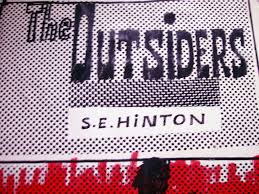
The reason this works: Cooperative learning has been identified as one of the nine instructional methods proven by research to make a significant difference in student performance (Marzano, Pickering & Pollock, 2001)
2. Reciprocal Learning is one of the driving instructional means. These are activities where students coach each other through exercises that apply to the content.
There are two types of Reciprocal Learning that could be used. The first is a “Think, Pair, Share” and the second is a “Back to Back and Front to Front”. In a “Think, Pair, Share”, students in pairs or small groups are given a question or topic. Then, they are given time to think about their response. Then, the partners share their thoughts with each other. Finally, they share their responses with the class. In the “Back to Back and Front to Front” method, students stand back to back with a partner. The same procedure is followed. Partners continually change throughout the unit.
The reason this works: Students who work in peer partnerships make measurable academic gains, develop more positive attitudes toward subject matter, become less dependent on the teacher, and spend more time on a task when working with a partner than when working independently (King-Sears & Bradley, 1995).
3. Flipped Learning is a strategy where the students complete the traditional instructional work at home and class time is used for reinforcement, clarifying and challenging learners.
Students will take home the book and questions. For “homework”, the students will read and answer the questions at an individual pace. Students will answer the questions.
During the next class period, class time can be used to dig further into the concepts for each question. The text can be reviewed and deeper connections made. With the shift to more learning outside of the classroom, the content moves from playing a “supporting” role to playing a central role.
The reason this works: “Class time is now maximized in order to adopt various methods of instruction such as active learning strategies, peer instruction, problem-based learning, or mastery or Socratic methods, depending on grade level and subject matter.” (http://www.flippedclassroomworkshop.com/the-4-pillars-of-flipped-learning-the-keys-to-successful-flipped-instruction/ 2014)
4. Mind’s Eye is a fourth strategy which could be implemented, however, it would require additional preparation by the classroom teacher.
How it works is that the teacher would choose 10-30 words from the text that evoke strong feelings or images in students’ minds.
Before starting the lesson, teachers give students a very limited overview of what they are about to read, so they have some content to build on.
Read the words slowly and dramatically. Instruct students to create movies in their minds of what they think will happen in the text. As each new word is read, students should try to incorporate it into their mental picture. Students can then draw a picture, write a questions, make a prediction, or describe a feeling the mental picture gives them.
Then, students will read the book and compare it with their initial thoughts. The questions will then serve as a formative assessment on the text.
The reason this works: The impact of Mind’e Eye is based on the principle of dual coding, the idea that storing information in two ways (through language and images) makes learning stick better. This has been shown to be especially true for reading (Sadoski and Paivio, 2001).
I have numerous reading comprehension bundles in my store. Here is a free sample of the quality of my work: The Girl Who Loved Wild Horses, by Paul Goble. This is a Guided Reading Level N.
Here is a link to all the products I currently have available in my store: Reading Comprehension Questions in Education Island.
Please follow me at my TpT store: Education Island, to stay current as I have over a hundred book question bundles that I will be publishing in the next six months. I’m working on some larger bundles by Lexile Level that will be available soon.
This is a link to literature specific to winter.
Stay connected with me:
Blog: https://wordpress.com/posts/educationisland.wordpress.com
Pinterest: https://www.pinterest.com/educationisland/
People who have used my products have said:
“This question assessment is very well thought out and provides many ideas to incorporate into a Native American unit. Thank you for sharing!” Dana B.
“These are great questions! I am so happy with my purchase, Thank you :-)” Buyer
“This was a terrific list of questions, I was able to pick and choose for a variety of assessments as we read the book.” Amy D.

Terms of Use:
Please use this item for personal use only. Unlimited licenses for others to use can be purchased at 50% off the original price. This item can be reproduced for use within your classroom. Please do not give any items purchased away or reproduce them for others to use. Do not post any paid products online, including a website. Please contact me if you have questions about the usage of any of our products. Thank you.
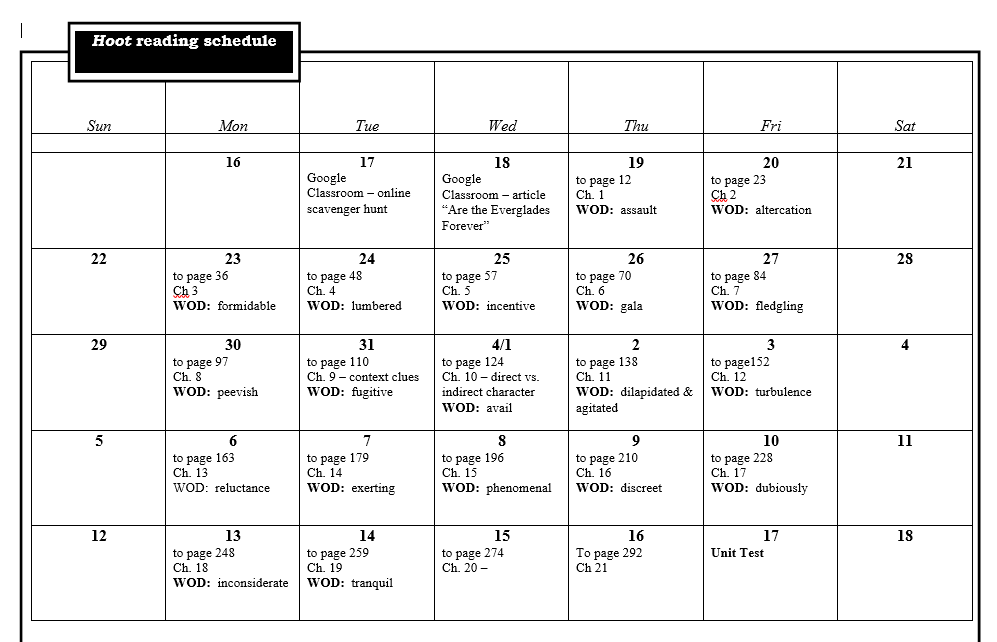
























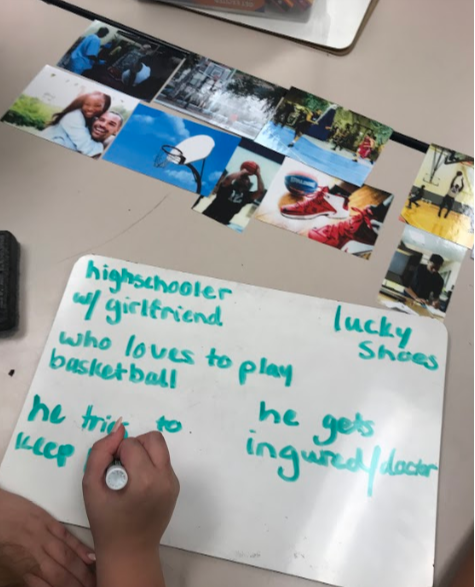










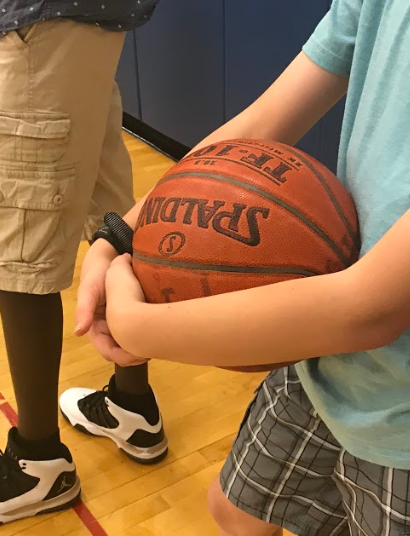 tivity for “The Crossover” by Kwame Alexander, but could be used independently.
tivity for “The Crossover” by Kwame Alexander, but could be used independently.

 by Kwame Alexander! 5 words, assessment example & ten slides!
by Kwame Alexander! 5 words, assessment example & ten slides!